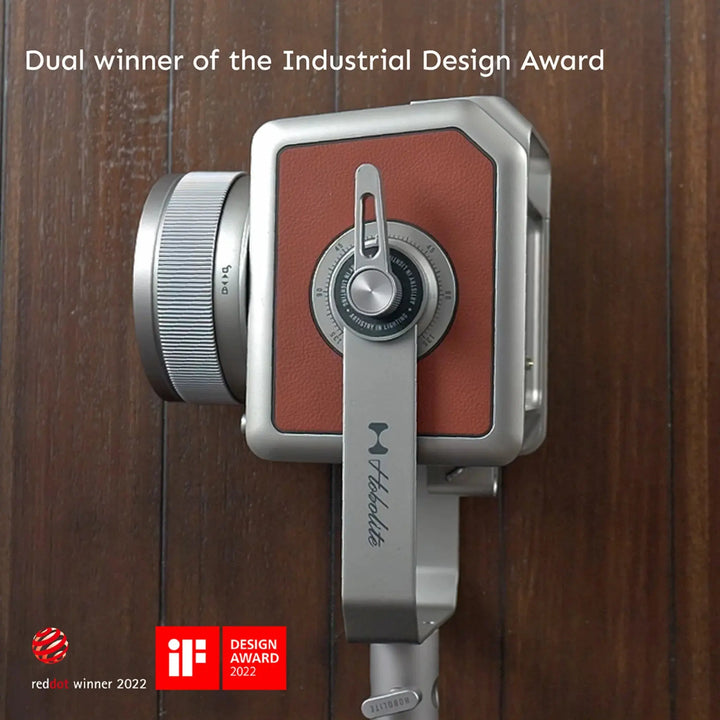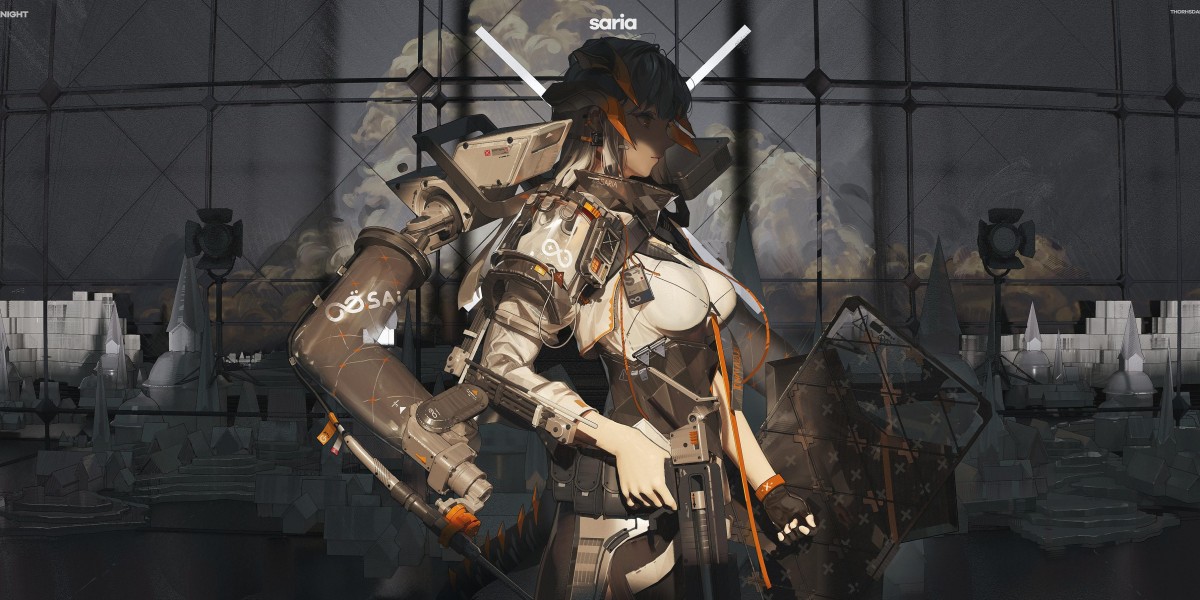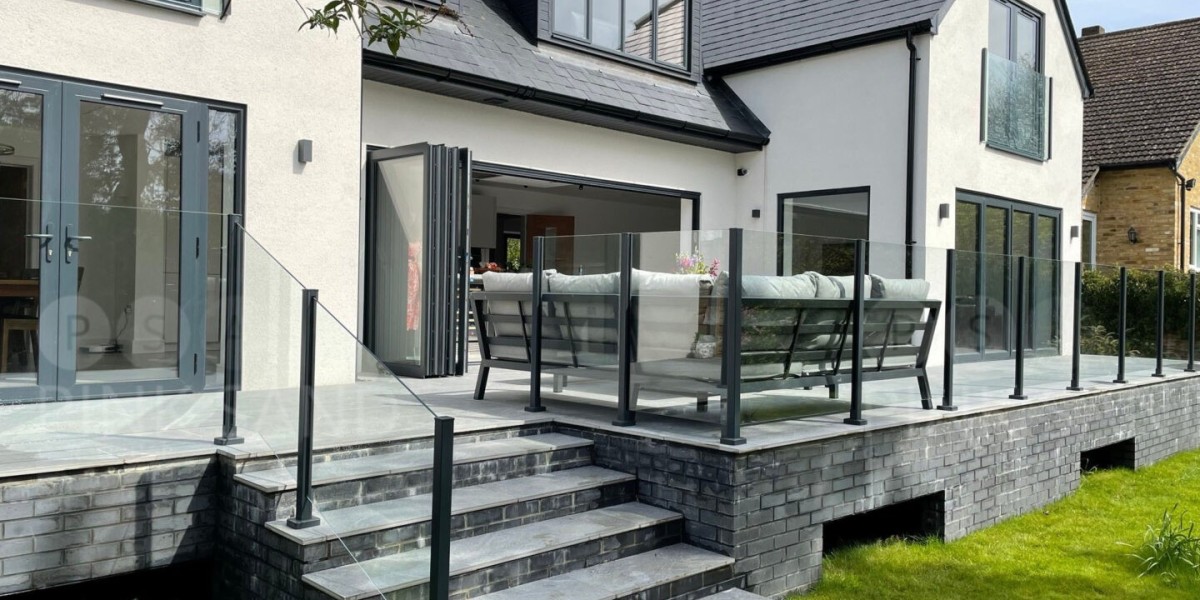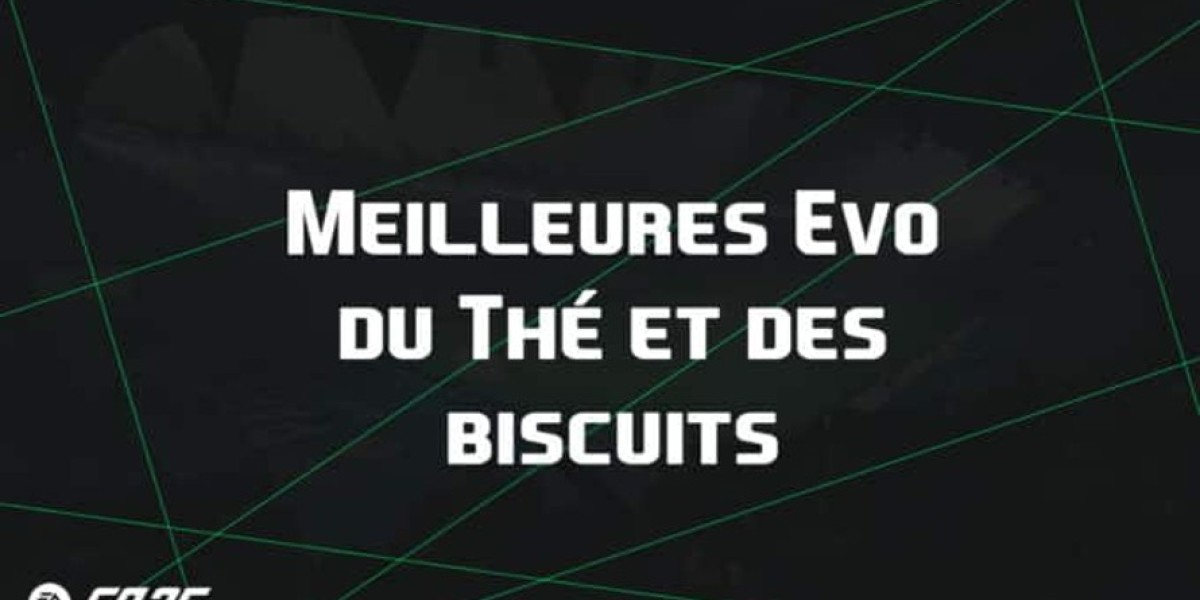Unlock the Secrets of Stunning Photography with the Right Studio Lighting!
In the world of photography, lighting is often the unsung hero that can make or break an image. Whether you're a budding photographer or a seasoned pro, understanding the intricacies of studio lighting equipment is essential for creating stunning visuals. Good lighting not only enhances the subject but also adds depth, emotion, and clarity to your images. In this article, we will delve into the different types of studio lighting equipment, explore their unique features, and provide effective usage tips to elevate your photography game. By the end, you'll have a comprehensive understanding of how to choose and use studio lighting to achieve impressive results.

Understanding Studio Lighting Equipment
Studio lighting equipment encompasses various tools and technologies that help photographers achieve the desired illumination for their subjects. The role of this equipment is pivotal in photography, as it can transform a mundane shot into a striking masterpiece. For instance, I remember the first time my friend set up a simple softbox for a portrait session. The difference was palpable—the soft, diffused light sculpted the subject's features beautifully, producing a professional-looking image that far exceeded our expectations. Good lighting can drastically alter the mood and tone of an image, making it essential to understand its components and how they work together.
Types of Studio Lighting Equipment
There are several types of studio lighting equipment, each serving a unique purpose and effect. Understanding these types can help you choose the right setup for your photography needs. From continuous lighting that provides a steady light source to strobe lighting that creates dramatic effects, each type has its advantages. Additionally, light modifiers such as softboxes, umbrellas, and reflectors can enhance the quality of your lighting, allowing for greater control and creativity in your shots. Let's explore each of these categories in detail to understand their features and best applications.
Continuous Lighting
Continuous lighting refers to lighting sources that remain on consistently, allowing photographers to see the light in real time. This type of lighting is beneficial for beginners as it helps to visualize how shadows and highlights will appear in the final image. Continuous lights are versatile and can be used for various scenarios, from portrait photography to product shots. One of the advantages of continuous lighting is its ability to facilitate video recording as well, making it a favorite among content creators. However, it’s essential to manage heat output and ensure that your subjects remain comfortable during a shoot.
Strobe Lighting
Strobe lighting, on the other hand, delivers powerful bursts of light, enabling photographers to freeze motion and capture sharp images even in challenging lighting conditions. This type of lighting is commonly used in studio settings where the speed and intensity of light are crucial. Strobes can be adjusted for different power levels, making them suitable for a range of subjects and environments. A friend of mine recently used strobe lights for a high-speed action shoot, and the results were extraordinary—every movement was captured with stunning clarity. Strobe lighting is ideal for professional portraiture, fashion shoots, or any scenario where precise control over lighting is required.
Light Modifiers
Light modifiers are essential tools that help shape and control the quality of light produced by your studio lighting equipment. Common modifiers include softboxes, umbrellas, and reflectors. Softboxes diffuse light, softening harsh shadows and creating a more flattering illumination for portraits. Umbrellas can also diffuse light, but they can add bounce as well, which is useful for achieving a broader light spread. Reflectors are perfect for redirecting light and filling in shadows, enhancing the overall exposure of the subject. My experience with softboxes has shown me how they can dramatically improve the quality of light, making them a staple in any photographer's toolkit. By manipulating light with these modifiers, you can achieve various artistic effects and enhance the overall aesthetic of your photography.
Setting Up Your Studio Lighting
Setting up your studio lighting effectively is crucial for maximizing the potential of your equipment. Start by determining the mood you want to create and the story you wish to tell through your images. Position your main light (key light) at an angle to the subject to create depth and dimension. It's often beneficial to include a fill light to soften shadows and maintain detail in darker areas. Experiment with the distance of your lights from the subject as well; closer light sources produce softer shadows, while those further away create sharper contrasts. Additionally, don't forget to test your setup by taking test shots and adjusting as necessary—this trial and error can lead to some surprising and delightful results.
Common Mistakes to Avoid
Even the most experienced photographers can fall prey to common mistakes when working with studio lighting. One frequent issue is overexposure, which can occur when the lighting is too intense for the subject or environment. Additionally, neglecting to consider the color temperature of your lights can lead to unwanted color casts in images. Another common mistake is improper positioning of lights, which can create unflattering shadows or uneven lighting. To avoid these pitfalls, always pay attention to the intensity and direction of your light and take the time to review test shots to make necessary adjustments.
Maximizing the Impact of Studio Lighting
In conclusion, understanding and effectively using studio lighting equipment can significantly enhance your photography. From continuous lighting to strobe lights and various modifiers, each type offers unique benefits that can elevate your work. By setting up your lighting thoughtfully and avoiding common mistakes, you can achieve stunning results that showcase your subjects in the best light. Remember, experimentation is key—don't hesitate to try new setups and techniques to find what works best for your style. The right lighting can unlock the secrets to breathtaking photography, so embrace the possibilities!








